This month audiences can screen Kim by director, writer, and animator Madeline Landry on the Planet Classroom Network YouTube Channel.
Kim is a stop motion animated, mockumentary style short film about a day in the life of a friendly, outgoing, people-eating siren named Kim. The film was made as a student thesis for graduation from the USC school of Cinematic Arts Animation and Digital Arts Program. The film features Natalie Bendheim and Haynes Brooke as the voices of the characters Kim and Phil, respectively.
The Global Search for Education is pleased to welcome Director Madeline Landry.
We really enjoyed your film. What was your inspiration behind creating a story based around a siren and her life?
The character of Kim actually started as just a fun ideation on a character I was creating for a class. But the more I thought about her, the more I kept coming up with ideas – things she would say, how she would live, etc – and eventually realized how fun it would it be to create a story around her and her life, but then the bigger question – what kind of story is this going to be? And I think when Phil entered the picture, that became clearer.
What’s been the feedback from audiences and what surprised you most?
Going into Kim, my first thought was that I wanted people to empathize with the characters. But Kim isn’t exactly the easiest character to love. I mean, she eats people, so I was really nervous that people would see that and turn away. Thankfully, people still seemed to care for her, and I think ultimately that was because of her relationship with Phil. We care for Kim because we see her care for someone else.
The “mockumentary” style of your film was really entertaining and great for the genre. How do you believe this style of storytelling enhanced the work? Will you use it again?
I’ve always loved the mockumentary style for how it can play with what’s true. For one, it appears to present something ridiculous as fact, but it also can put on display the disconnect between how characters present themselves to a camera and how they actually act. A lot of the storytelling of the film relies on the conflicting testimony of Kim in her “talking-head” scenes, glossing over things and spewing hatred towards Phil, and what we see her do when she lets down her guard, a little more grisly but also more caring than she lets on. From a practical standpoint, Kim was also a very low budget student film, so the mockumentary style allowed the film to kind of embrace that things weren’t going to be perfect, as things so often aren’t in “reality.” It’s definitely a style I would love to work in again.
We saw your nod to plastic pollution in the ocean with the inclusion of plastic straws and rings. Do you believe that animation can be a viable resource to educate people about the dangers of pollution?
I think some of the strongest tools that film, theater, or really any art have at their disposal are sympathy and empathy. I think if you get people to, in some way, either feel for or feel through the characters, you can lead them to think about issues through a very – ironically – human viewpoint. I never wanted Kim to feel like it was just yelling at you, “POLLUTION IS BAD. OVERFISHING IS A PROBLEM. STOP IT,” or it to become this overwhelming tragedy, but by seeing how it affects the characters I am hoping you care about, I’m hoping to make you care about these issues because you care about them. Animation in particular has a wonderful way of luring you in with visuals that can appear light and comforting, so when issues start to arise they feel intrusive, upsetting, all while maintaining this sort of lighthearted tone because of the visual styling. It’s one of my favorite strengths of the medium.
What are your main influences when it comes to film, animation, and stop motion, and what are you working on now?
For me, characters are always the heart of anything I want to create, and I think in how I write characters I’m heavily influenced by the people around me as well as my family – intentionally and sometimes unintentionally. Stylistically, I draw inspiration from a lot of different media, but for comedy I’m definitely a Michael Schur fan. Particularly Parks and Recreation and the Creature Comforts series from Aardman were huge influences on Kim. In terms of subject matter, coming from New Orleans, a city below sea level, environmental issues and issues of climate change are often on my mind. Although, even when it’s not environmental issues, the city of New Orleans and its weird, wonderful people, always have a way of creeping into my creative process in one way or another. I’m actually incredibly grateful to be working as a professional stop-motion animator! And there are always several personal scripts continuing in the background, none of people eating variety, but we’ll see.
C.M. Rubin and Madeline Landry
Don’t Miss Kim by Director Madeline Landry, now showing on the Planet Classroom Network YouTube Channel (Curated by NFFTY).

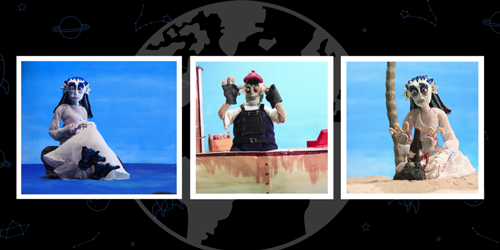
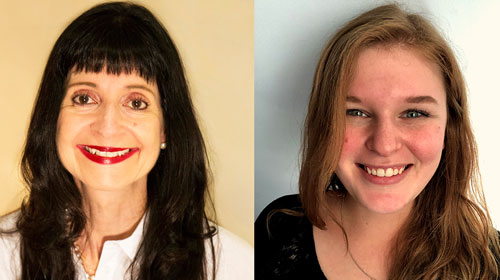
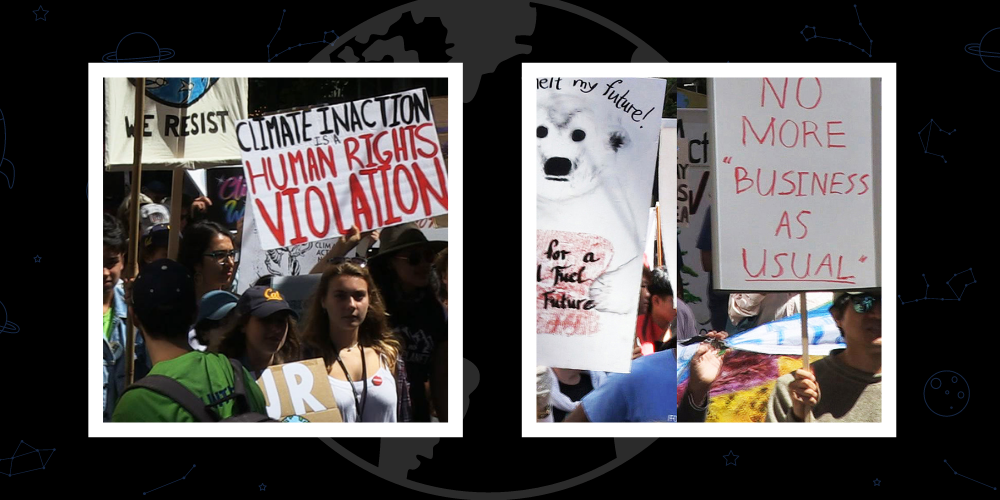
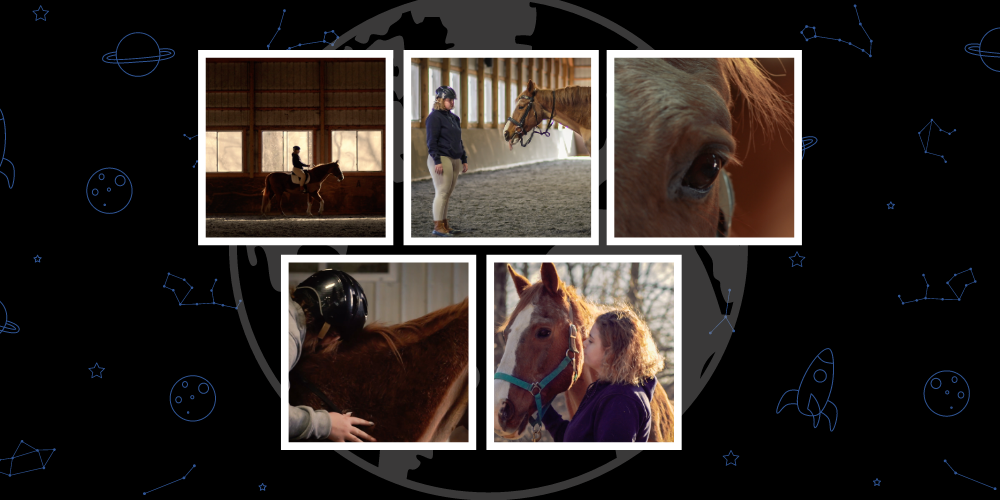
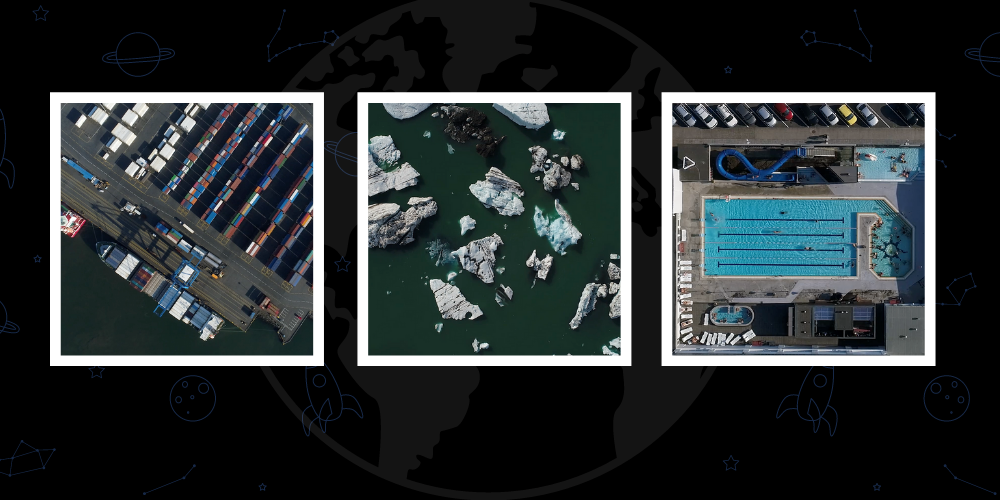

Recent Comments